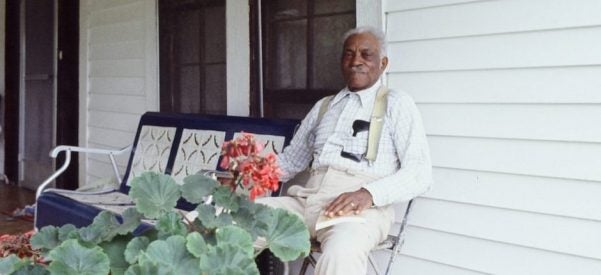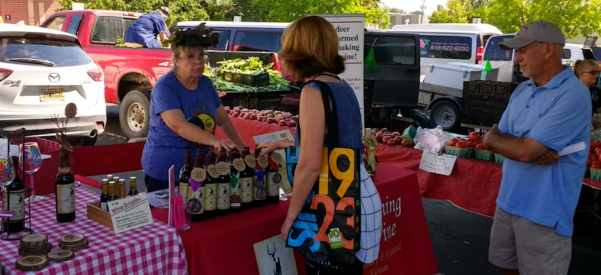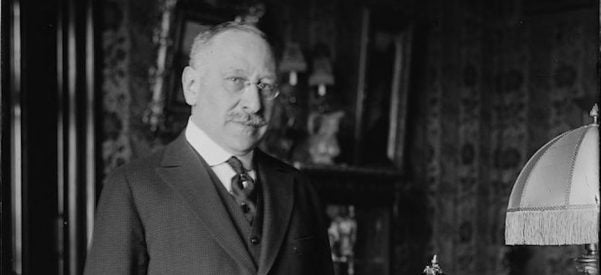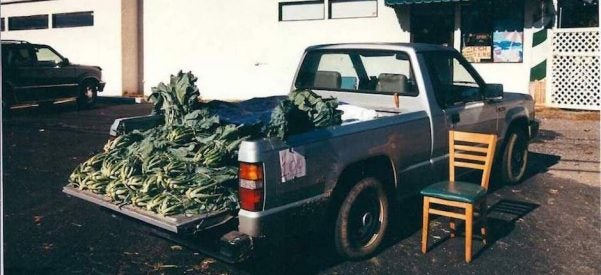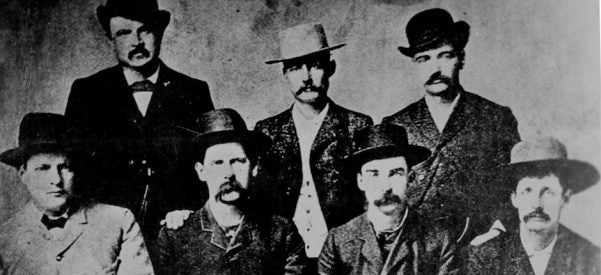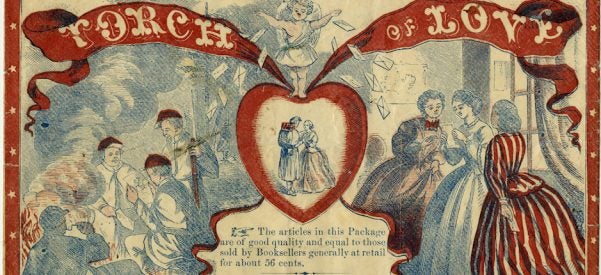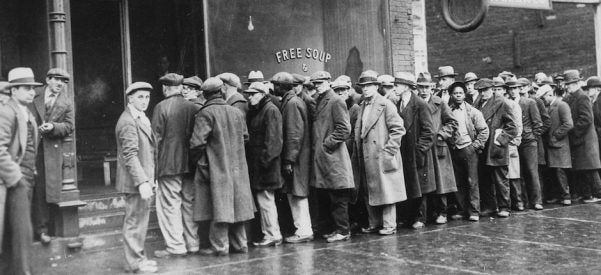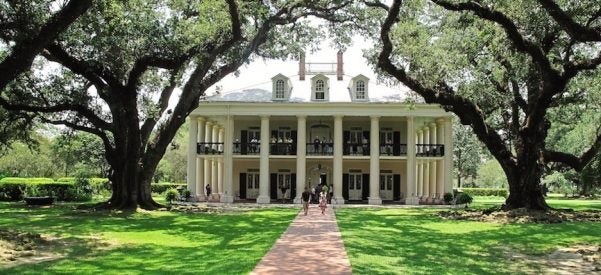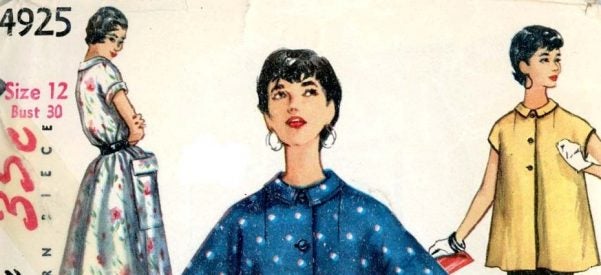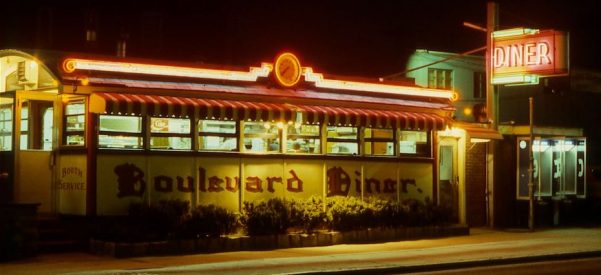The Black-Owned Alabama Plantation That Taught Me the Value of Home
After Emancipation, Ex-Slaves Took Over the Cotton Fields. Today Their Descendants Still Cherish the Land.
By the time I was eight years old, in 1948, my parents, my sister, and I had lived in five different states and had moved more often than that. My grandparents had emigrated from Europe to America early in the 20th century. Somehow I took it for granted that staying in one place for a long time was, if not un-American, at least unusual.
When I became a historian in the 1960s, I gravitated to a man on the move …


